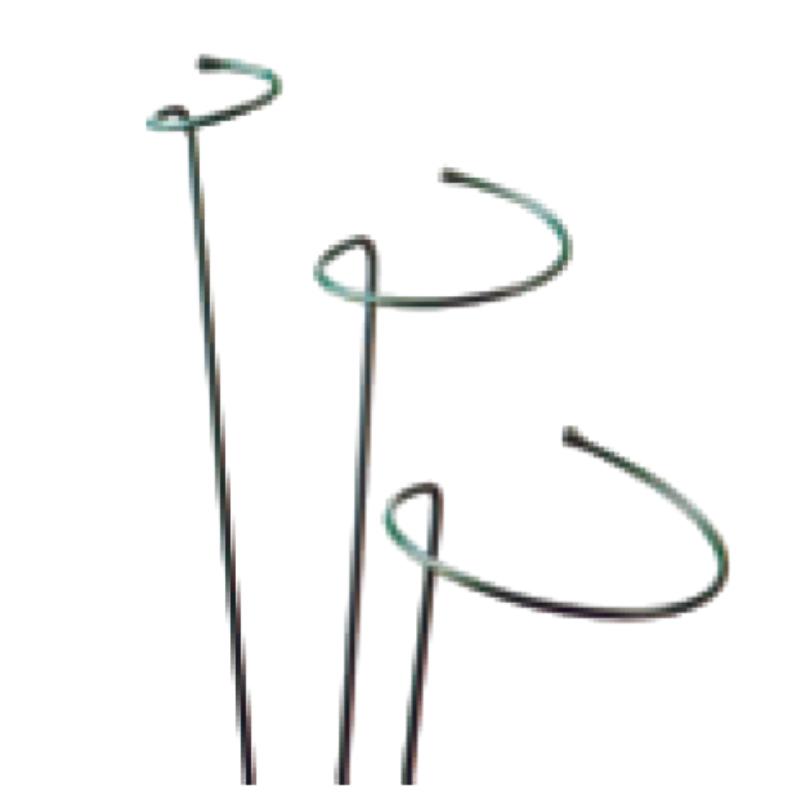-
E-mail:zhao@hyliec.cn
-
Tel:+86 311 85273988
-
WhatsApp:8613931128750
-
 african
african -
 albanez
albanez -
 amharică
amharică -
 arabic
arabic -
 armean
armean -
 Azerbaidjan
Azerbaidjan -
 bască
bască -
 belarusă
belarusă -
 bengaleză
bengaleză -
 Bosniac
Bosniac -
 bulgară
bulgară -
 catalan
catalan -
 Cebuano
Cebuano -
 corsicană
corsicană -
 croat
croat -
 ceh
ceh -
 danez
danez -
 olandeză
olandeză -
 Engleză
Engleză -
 esperanto
esperanto -
 estonă
estonă -
 finlandeză
finlandeză -
 limba franceza
limba franceza -
 frizonă
frizonă -
 Galician
Galician -
 georgian
georgian -
 limba germana
limba germana -
 greacă
greacă -
 Gujarati
Gujarati -
 creolul haitian
creolul haitian -
 hausa
hausa -
 hawaian
hawaian -
 ebraică
ebraică -
 nu
nu -
 Miao
Miao -
 maghiară
maghiară -
 islandez
islandez -
 igbo
igbo -
 indoneziană
indoneziană -
 irlandez
irlandez -
 Italiană
Italiană -
 japonez
japonez -
 javaneză
javaneză -
 Kannada
Kannada -
 kazah
kazah -
 Khmer
Khmer -
 ruandez
ruandez -
 coreeană
coreeană -
 kurdă
kurdă -
 Kârgâz
Kârgâz -
 TB
TB -
 latin
latin -
 letonă
letonă -
 lituanian
lituanian -
 luxemburghez
luxemburghez -
 macedonean
macedonean -
 Malgashi
Malgashi -
 Malaeză
Malaeză -
 Malayalam
Malayalam -
 malteză
malteză -
 maori
maori -
 marathi
marathi -
 mongol
mongol -
 Myanmar
Myanmar -
 nepaleză
nepaleză -
 norvegian
norvegian -
 norvegian
norvegian -
 occitană
occitană -
 Pashto
Pashto -
 persană
persană -
 Lustrui
Lustrui -
 portugheză
portugheză -
 punjabi
punjabi -
 Română
Română -
 Rusă
Rusă -
 Samoan
Samoan -
 gaelic scoțian
gaelic scoțian -
 sârb
sârb -
 Engleză
Engleză -
 Shona
Shona -
 Sindhi
Sindhi -
 Sinhala
Sinhala -
 slovacă
slovacă -
 slovenă
slovenă -
 somalez
somalez -
 Spaniolă
Spaniolă -
 Sundaneza
Sundaneza -
 Swahili
Swahili -
 suedez
suedez -
 tagalog
tagalog -
 Tadjik
Tadjik -
 tamil
tamil -
 tătar
tătar -
 Telugu
Telugu -
 thailandez
thailandez -
 turc
turc -
 turkmeni
turkmeni -
 ucrainean
ucrainean -
 Urdu
Urdu -
 Uighur
Uighur -
 uzbec
uzbec -
 vietnamez
vietnamez -
 galeză
galeză -
 Ajutor
Ajutor -
 idiş
idiş -
 Yoruba
Yoruba -
 Zulu
Zulu
Metal Plant Supports
What Is The Support Structure Of A Plant?
The support structure of a plant refers to the system of tissues and organs that provide stability and enable the plant to maintain an upright position. This support structure includes several key components:
1. Cell walls: The rigid cell walls of plant cells provide structural support, especially in non-woody plants. The cell walls help maintain the shape and rigidity of the plant's cells, contributing to its overall structure.
2. Stems: Stems play a crucial role in supporting the plant and providing a framework for the attachment of leaves, flowers, and reproductive structures. The stems also facilitate the transport of water, nutrients, and sugars throughout the plant.
3. Roots: The root system anchors the plant in the soil, providing stability and support. Additionally, roots absorb water and nutrients from the soil, contributing to the overall health and growth of the plant.
4. Vascular tissues: Xylem and phloem are specialized tissues that form the plant's vascular system. Xylem transports water and minerals from the roots to the rest of the plant, while phloem transports sugars and other organic compounds to various parts of the plant.
5. Specialized structures: Some plants have specialized support structures, such as tendrils, thorns, or aerial roots, which aid in climbing, attachment, or additional support.
The combination of these structural elements allows plants to maintain their shape, withstand environmental forces, and support essential physiological processes.
Iron Plant Supports Faq
What are the benefits of using iron plant supports?
Iron plant supports offer durability and strength, making them suitable for providing robust support for heavy or sprawling plants. They can withstand the weight of mature plants and help maintain their shape and structure.
What types of plants are best supported by iron plant supports?
Iron plant supports are well-suited for providing support to a wide range of plants, including peonies, roses, delphiniums, and other tall or heavy-flowering perennials. They can also be used for supporting climbing plants such as clematis or sweet peas.
How should iron plant supports be installed?
Iron plant supports should be installed firmly in the ground to ensure stability. When supporting individual plants, place the support structure around the plant early in the growing season, allowing the plant to grow into and around the support naturally.
Are there different styles and designs of iron plant supports available?
Yes, iron plant supports come in various styles and designs, including hoop supports, grid supports, and individual stakes. These different designs cater to the specific needs of different types of plants and can provide effective support while enhancing the visual appeal of the garden.
How can iron plant supports be maintained?
To maintain iron plant supports, periodically inspect them for signs of rust or corrosion, especially if they are exposed to the elements. If rust is present, it can be removed using a wire brush, and the supports can be treated with a rust-resistant coating or paint to prolong their lifespan.






